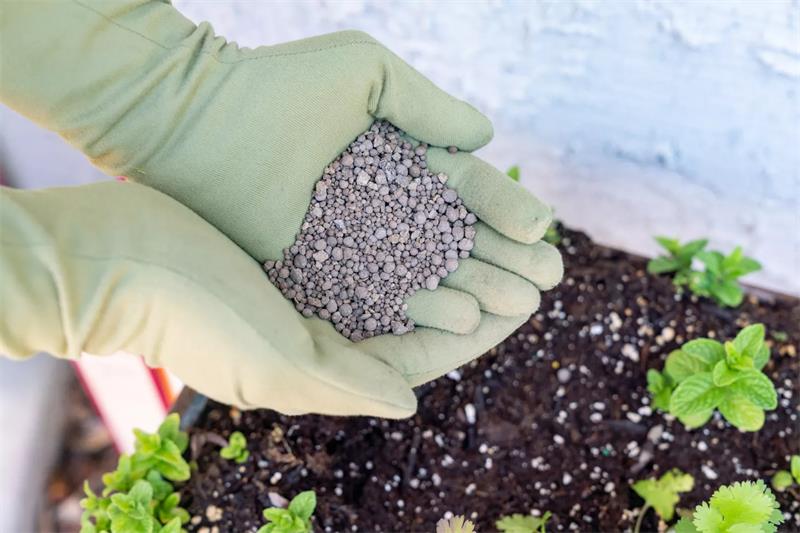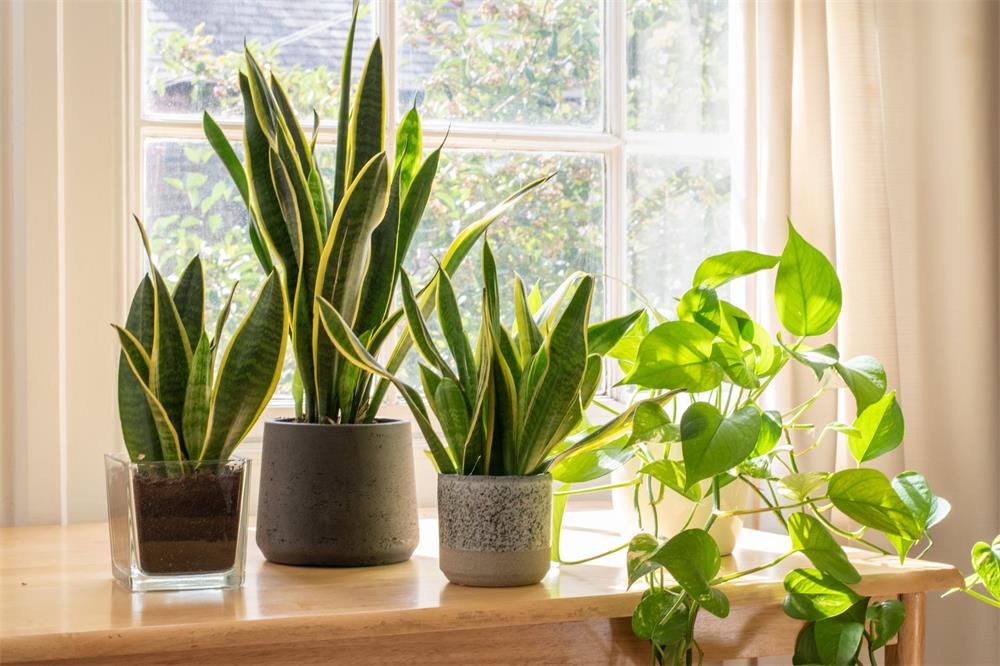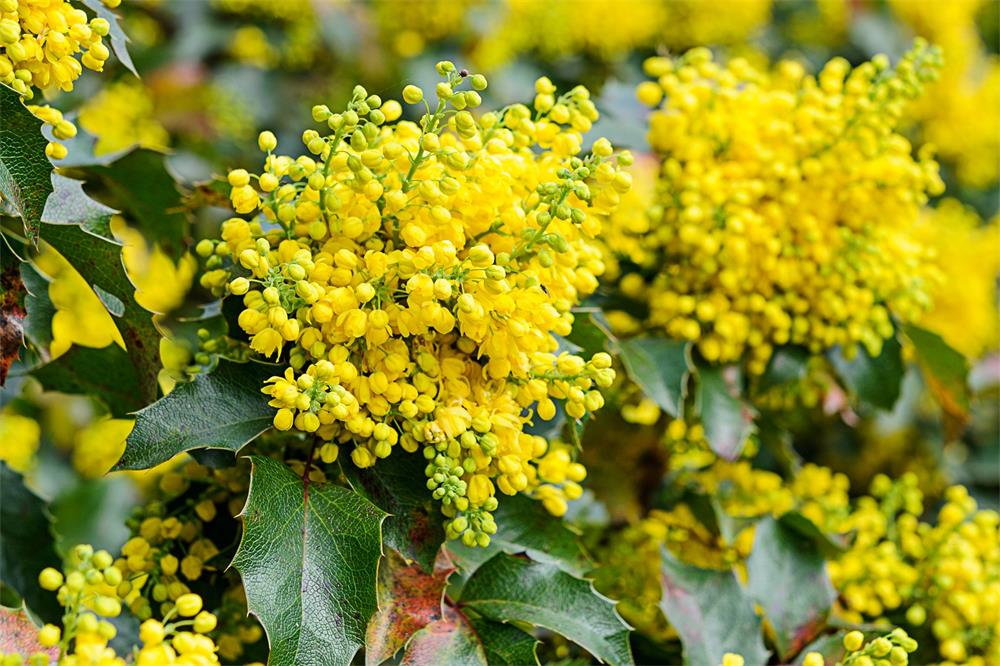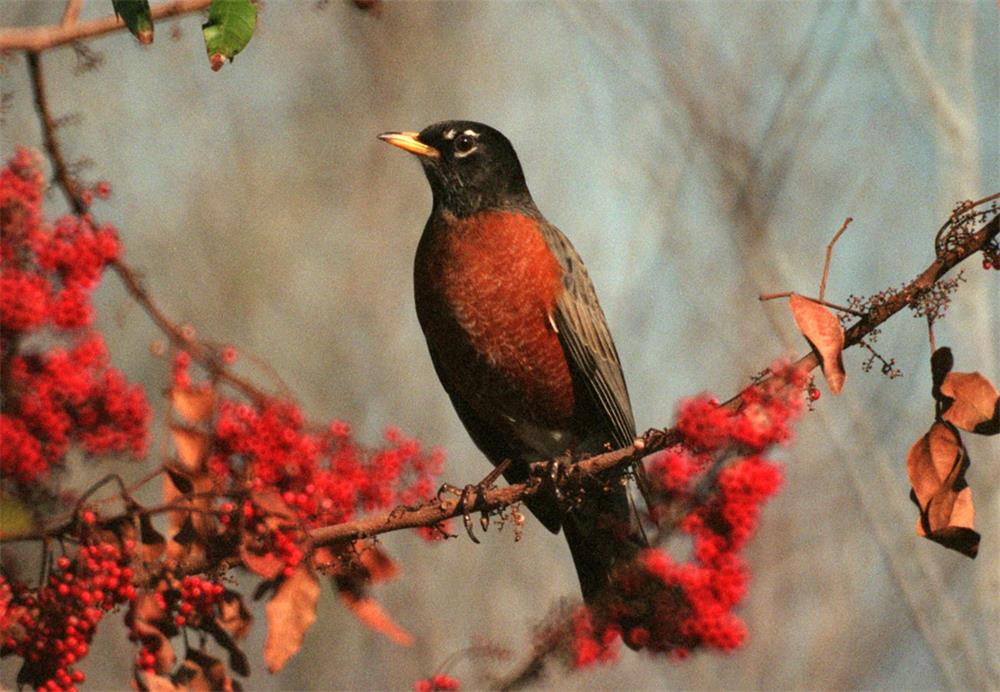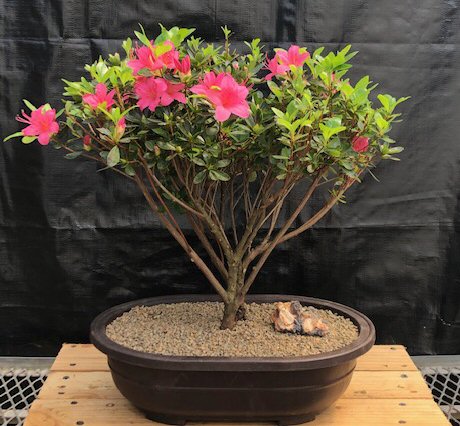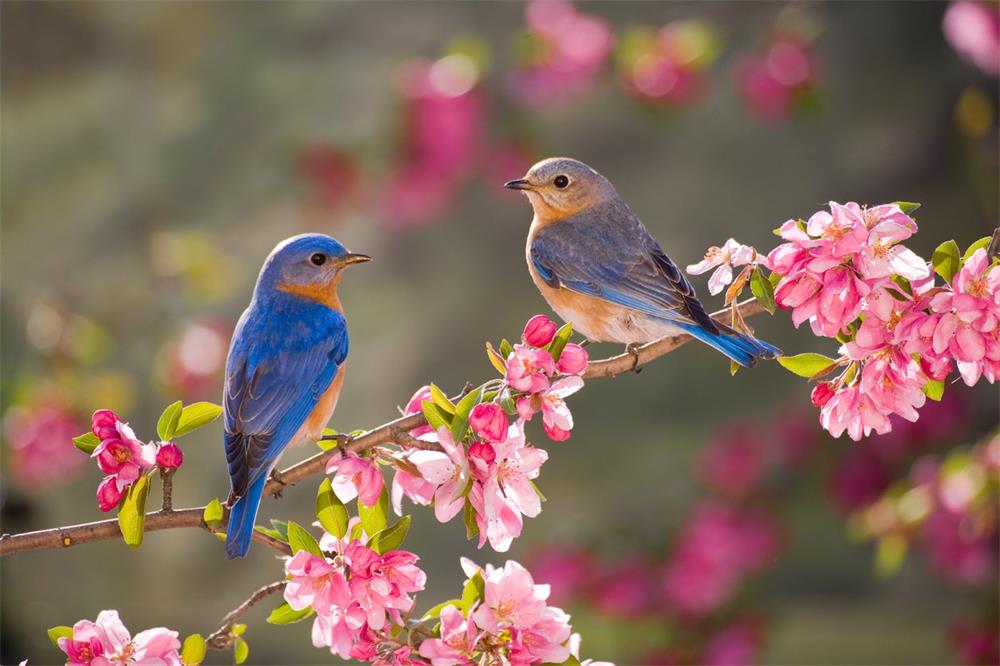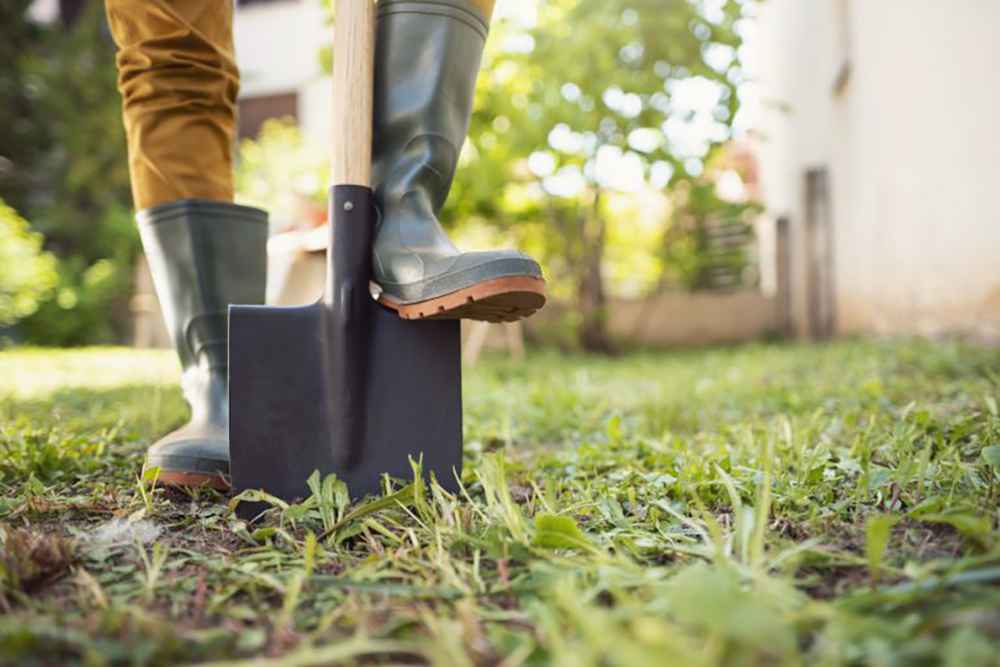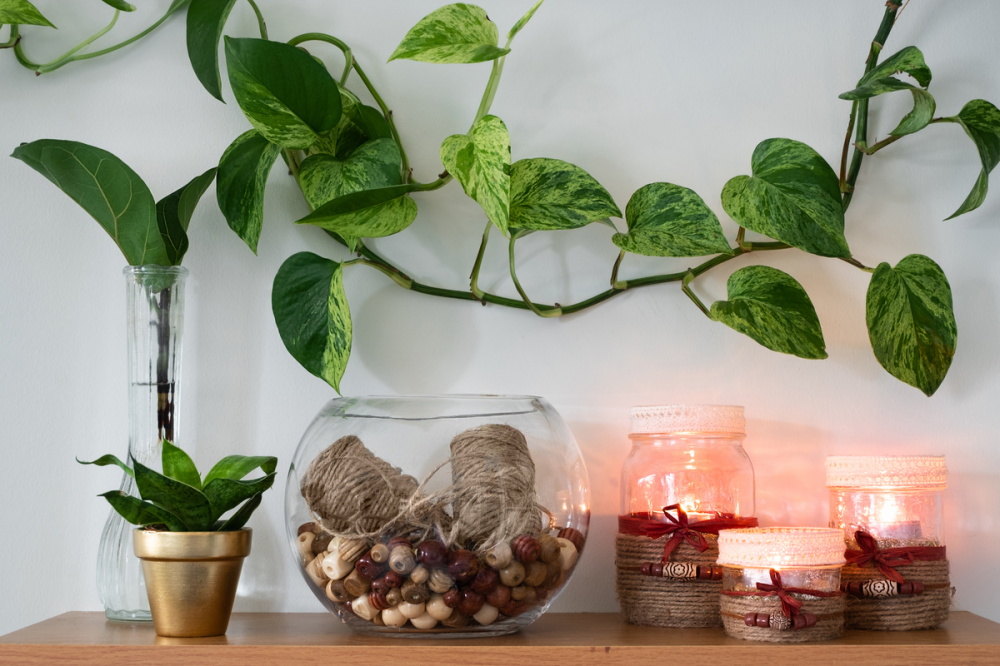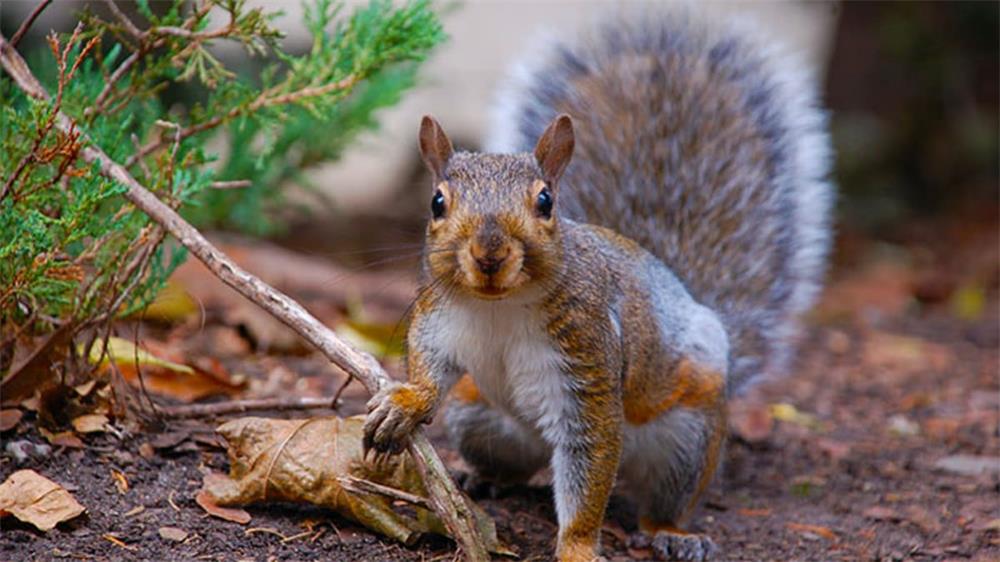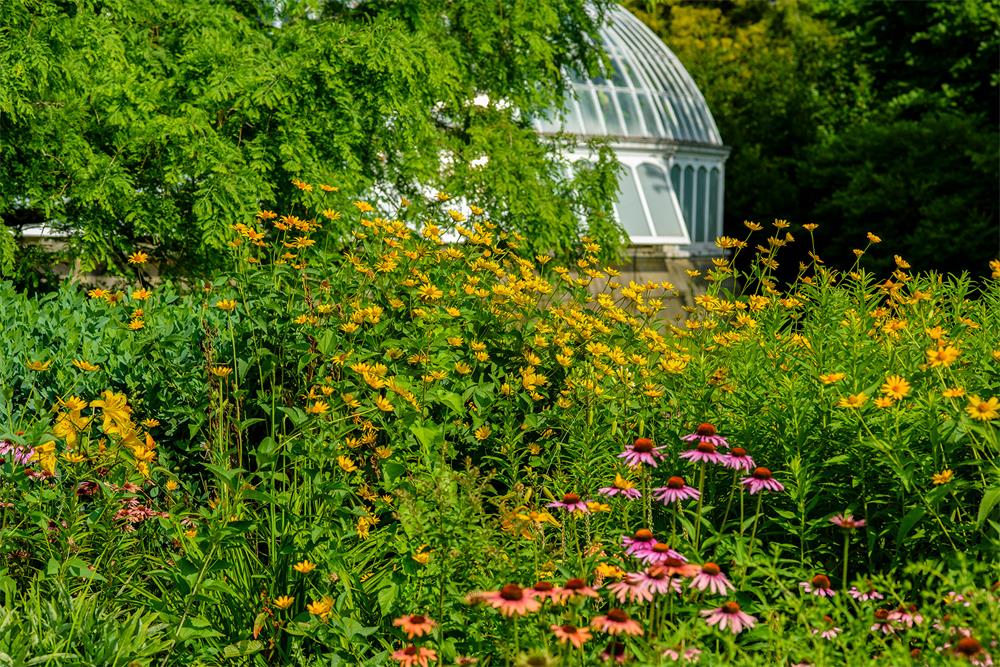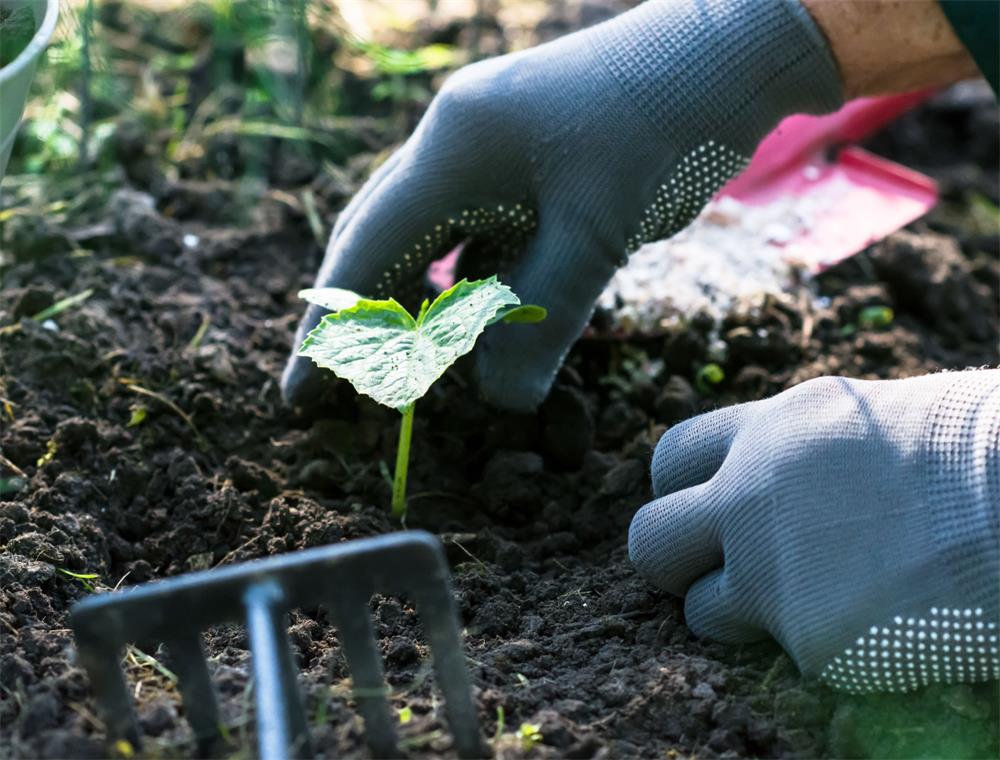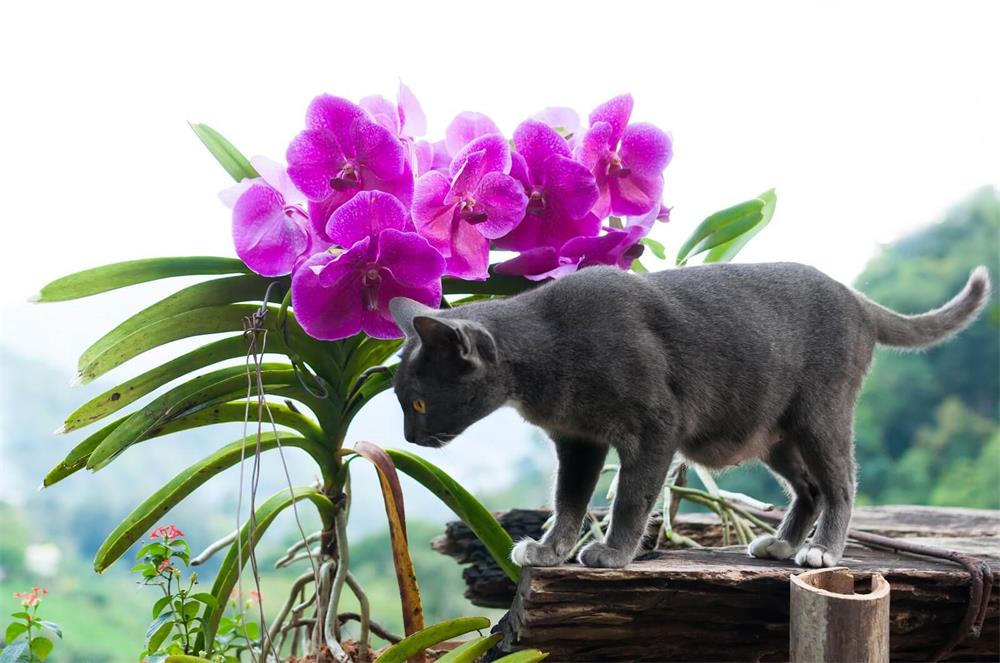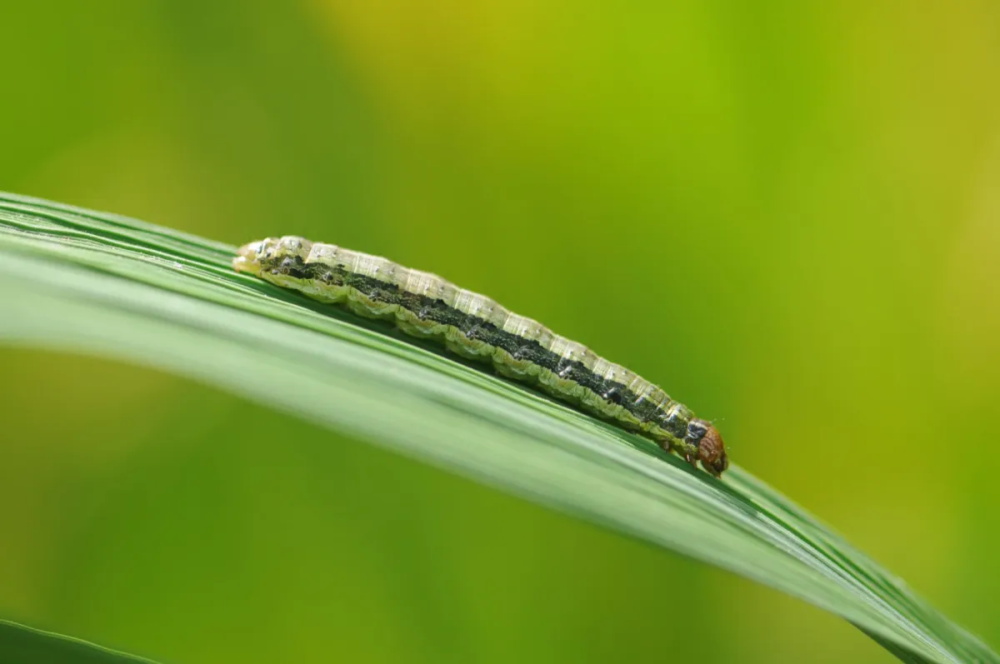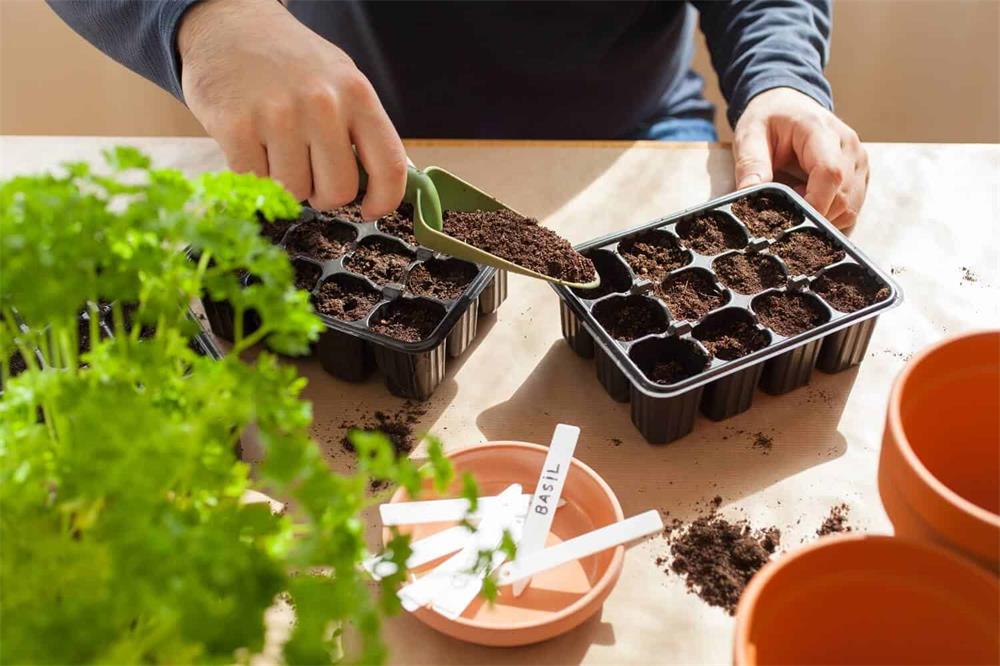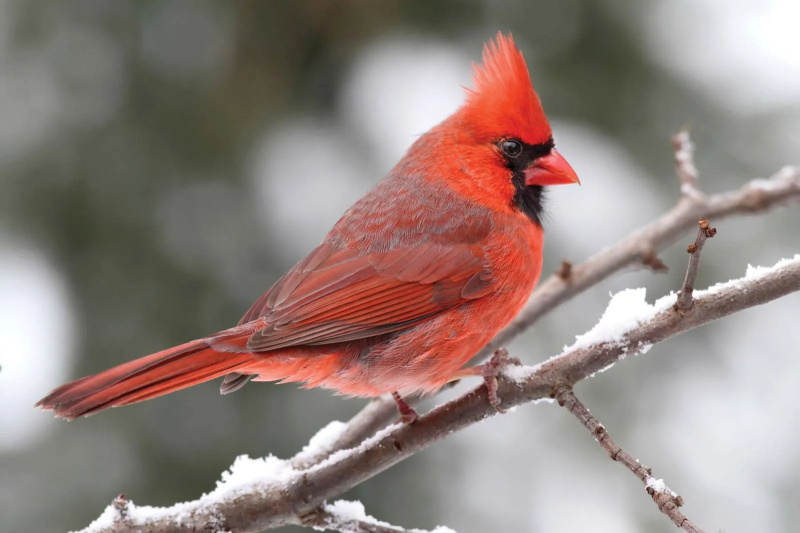
Table of Contents
Cardinals are one of the most popular and beloved backyard birds in North America. Their bright red plumage, cheerful songs, and year-round presence make them a delight to watch and listen to. If you want to attract more cardinals to your backyard, here are some tips and tricks to make your yard more appealing to these beautiful birds.
Provide Food Sources
Cardinals are mainly seed eaters, but they also enjoy fruits, nuts, and insects. They have strong beaks that can crack open tough shells and husks, so they prefer larger seeds like sunflower, safflower, corn, and peanuts. You can offer these seeds in a variety of feeders, such as hoppers, trays, platforms, or tubes with large perches. Cardinals also like to feed on the ground or near low shrubs, so you can scatter some seeds on the ground or on a ground feeder.
To attract cardinals with fruits, you can offer fresh or dried fruits like raisins, cranberries, apples, oranges, or grapes. You can also plant fruit-bearing trees and shrubs in your yard, such as dogwood, serviceberry, mulberry, elderberry, or hawthorn. These plants will provide natural food sources for cardinals and other birds throughout the year.
To attract cardinals with insects, you can create a bird-friendly habitat that supports a diverse insect population. You can do this by planting native flowers, grasses, and herbs that attract pollinators and beneficial insects. You can also avoid using pesticides or herbicides that may harm insects or birds. Cardinals will feast on caterpillars, beetles, ants, spiders, and other insects that they find in your yard.
Provide Water Sources
Cardinals need water for drinking and bathing, especially in winter when natural sources may be frozen or scarce. You can attract cardinals by providing a birdbath or a fountain that has fresh, clean water. Cardinals prefer shallow water that is about 1-2 inches deep. You can add some rocks or pebbles to the bottom of the birdbath to create different depths and textures for the birds.
To keep the water from freezing in winter, you can use a heated birdbath or a heater that attaches to a regular birdbath. You can also place the birdbath in a sunny spot or near a sheltered area that blocks the wind. Make sure to clean the birdbath regularly and refill it with fresh water every day.
Provide Shelter Sources
Cardinals need shelter from predators, weather, and competitors. They like to have dense foliage and high perches where they can hide and watch for danger. They also like to have cover near feeders and water sources where they can quickly escape if they feel threatened.
You can attract cardinals by planting evergreen trees and shrubs in your yard, such as pine, spruce, cedar, juniper, holly, or yew. These plants will provide year-round shelter and nesting sites for cardinals and other birds. You can also plant deciduous trees and shrubs that have thick branches and leaves in summer and berries or seeds in winter, such as maple, oak, birch, sumac, and viburnum.
Provide Nesting Sources
Cardinals are monogamous and territorial birds that nest in pairs. They usually nest in dense shrubs or low trees, about 3-10 feet above the ground. They build cup-shaped nests made of twigs, grasses, leaves, bark, and other plant materials. They may also use mud, feathers, hair, or string to line their nests.
You can attract cardinals by providing nesting materials in your yard, such as natural fibers, wool, cotton, straw, or moss. You can also offer nest boxes or baskets that have a 3-inch entrance hole and are placed in a sheltered spot. However, cardinals may not use artificial nests as readily as other birds, so you may have better luck with natural nesting sites.
To encourage cardinals to nest in your yard, you should also respect their privacy and territory. You should avoid disturbing their nests or approaching them too closely. You should also keep your pets indoors or on a leash when cardinals are nesting. You should also avoid using bright lights or loud noises that may scare them away.
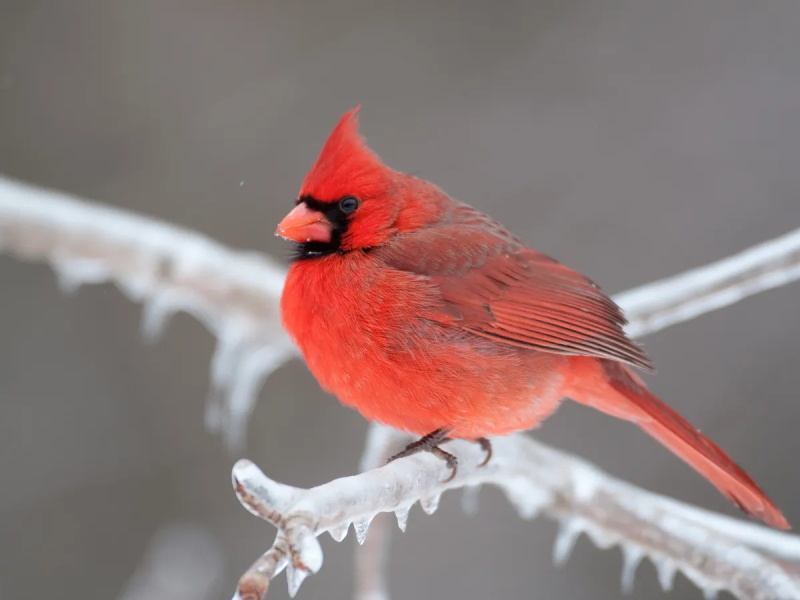
Enjoy Their Beauty and Songs
Cardinals are not only beautiful to look at, but also to listen to. They have a variety of songs and calls that they use to communicate with each other and with other birds. They sing throughout the year, but especially in spring and summer when they are courting and breeding.
You can attract cardinals by learning their songs and calls and mimicking them with a whistle or a recording. You can also play soft music or nature sounds in your yard to create a relaxing atmosphere for the birds. However, you should not play loud or aggressive sounds that may frighten or annoy them.
You can also attract cardinals by observing them with binoculars or a camera. You can learn about their behavior, personality, and habits by watching them closely. You can also take pictures or videos of them and share them with your friends and family. However, you should not feed them by hand or try to touch them, as this may harm them or make them dependent on you.
Cardinals are wonderful birds that can brighten up your backyard with their color and charm. By following these tips and tricks, you can attract more cardinals to your yard and enjoy their beauty and songs all year long.



